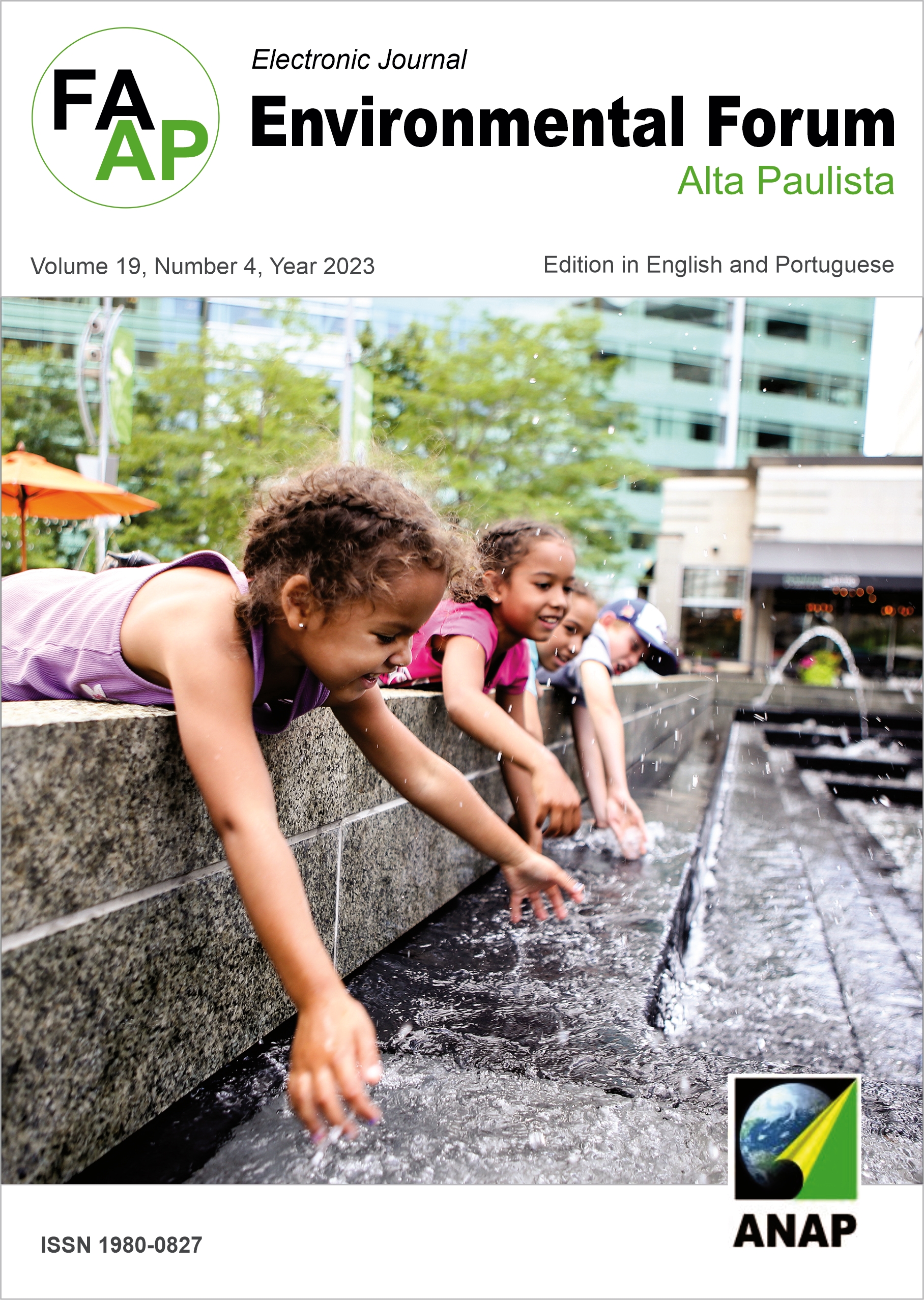Water availability and land use/occupation in hydrographic basins in southwestern Goiás
DOI:
https://doi.org/10.17271/1980082719420233561Keywords:
Recursos hídricos, Irrigação, Escassez hídricaAbstract
Obtaining in-depth understanding of the correlations between land use and occupation and the hydrological responses to that in hydrographic basins is a need. This knowledge is fundamental for effective water management in these areas, especially in predicting future scenarios and critical situations. This study evaluated the behavior of precipitation and surface flow duration concerning land use and occupation over 40 years in the Verdinho, Verdão, and Monte Alegre rivers, southwestern Goiás, Brazil. The methodology involved obtaining satellite images from the USGS Earth Explorer, processing, and supervised classification of land use/occupation using QGIS and its extensions, generating percentage values of native vegetation, irrigated agriculture, and built-up areas for each basin. Rainfall and river flow data were also collected from Hidroweb-ANA to obtain historical series. The results indicated that over a period of 40 years, land use and occupation caused alterations in the water availability of the studied hydrographic basins. During this period, there was a reduction of approximately 35% in the Q95% flow duration of the water bodies, even though annual accumulated rainfall remained relatively regular. The activity of grain irrigation increased by over 10,000% in the period, being the main responsible for the reduction of local water availability.
Downloads
Downloads
Published
Issue
Section
License
Copyright (c) 2023 Periódico Eletrônico Fórum Ambiental da Alta Paulista

This work is licensed under a Creative Commons Attribution-NonCommercial-ShareAlike 4.0 International License.












